Authentic Kimchi Recipe: From Scratch, Fermentation, and Spicy Variations
Learn how to make authentic Korean kimchi from scratch, including fermentation tips and spicy variations.
Kimchi Recipe Korean
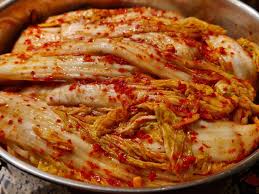
Kimchi is a staple in Korean cuisine, known for its tangy, spicy, and umami flavors. The traditional Korean kimchi recipe involves napa cabbage, radish, and a variety of seasonings like garlic, ginger, and chili pepper flakes. The process starts with salting the cabbage to draw out moisture, followed by mixing it with the seasoning paste. This mixture is then packed tightly into jars and left to ferment at room temperature for a few days before being transferred to a refrigerator. The result is a deeply flavored, probiotic-rich dish that complements almost any meal.
Kimchi Recipe From Scratch
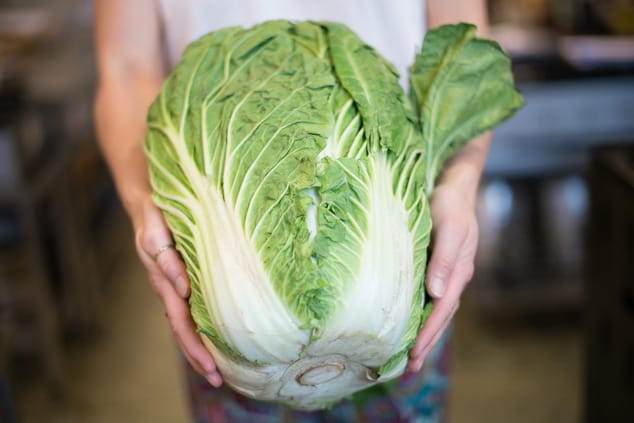
Making kimchi from scratch is a rewarding culinary experience. Begin by selecting fresh napa cabbage and daikon radish. Cut and salt the cabbage, allowing it to sit for a few hours to draw out excess water. Rinse and drain the cabbage, then prepare the seasoning paste with ingredients like gochugaru (Korean red pepper flakes), fish sauce, garlic, ginger, and sugar. Mix the cabbage and radish with the paste, ensuring every piece is well-coated. Pack the mixture into jars, pressing down to remove air pockets, and let it ferment at room temperature for 2-3 days before refrigerating.
Kimchi Recipe Fermentation
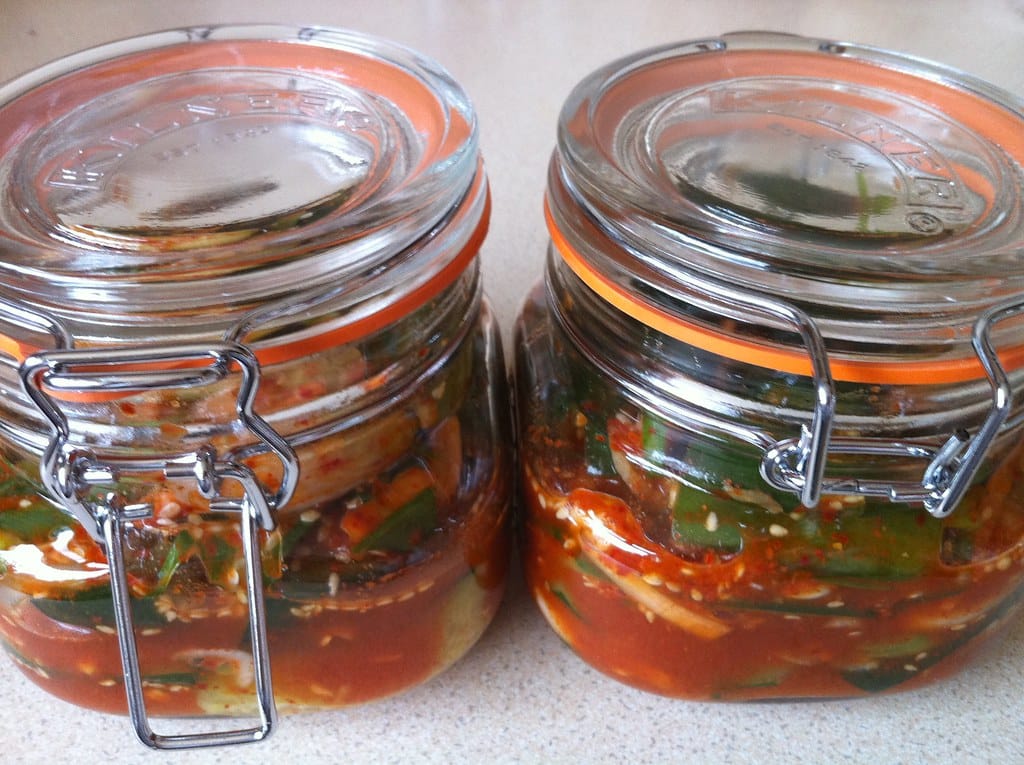
The fermentation process is crucial for developing the complex flavors of kimchi. After preparing and seasoning the cabbage, the mixture is left to ferment at room temperature. During this time, beneficial bacteria like Lactobacillus convert sugars into lactic acid, giving kimchi its characteristic tang. The fermentation period can vary from a few days to several weeks, depending on personal preference and ambient temperature. Once the desired level of fermentation is achieved, the kimchi should be stored in the refrigerator to slow down the fermentation process and preserve its flavors.
Kimchi Recipe Napa Cabbage

Napa cabbage is the most commonly used vegetable in traditional kimchi recipes. Its tender leaves and mild flavor make it ideal for absorbing the spicy, tangy seasoning. To prepare napa cabbage for kimchi, cut it into quarters and salt each leaf thoroughly. This step helps to soften the cabbage and enhance its ability to absorb the seasoning paste. After salting, rinse the cabbage to remove excess salt and mix it with the prepared seasoning. The napa cabbage kimchi is then packed into jars and allowed to ferment, resulting in a delicious, crunchy side dish.
Kimchi Recipe Gochujang
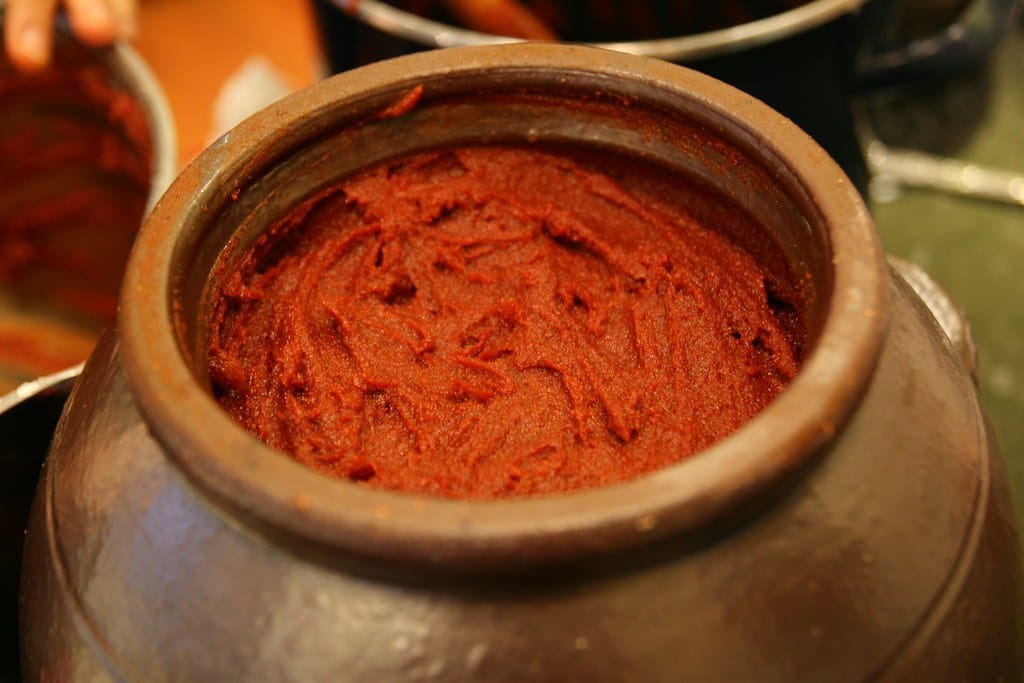
Gochujang, a Korean fermented chili paste, can add a unique depth of flavor to your kimchi. To incorporate gochujang into your kimchi recipe, mix it into the seasoning paste along with the usual ingredients like garlic, ginger, and fish sauce. The gochujang provides a rich, spicy kick and a hint of sweetness that complements the tangy fermented cabbage. This variation of kimchi is perfect for those who enjoy a more intense and complex flavor profile. Allow the kimchi to ferment as usual to let the flavors meld together beautifully.
Kimchi Recipe Spicy
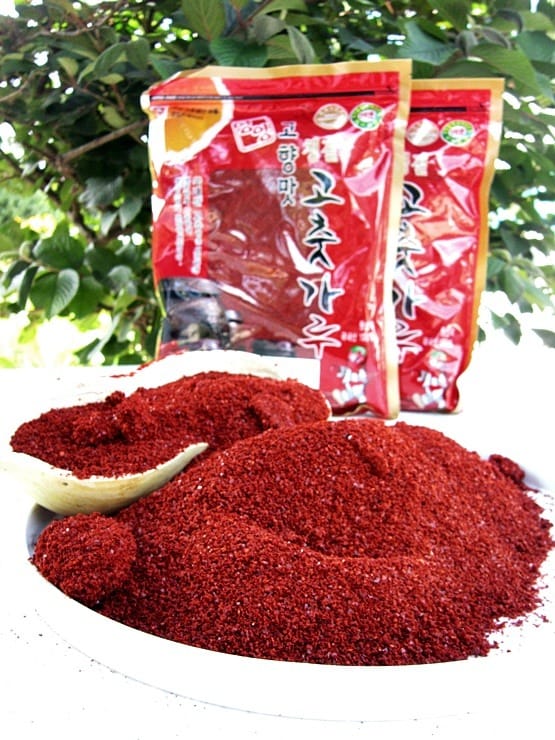
For those who love a fiery kick, a spicy kimchi recipe is the way to go. Increase the amount of gochugaru (Korean red pepper flakes) in your seasoning paste to amp up the heat. Additionally, you can add fresh chili peppers or a bit of gochujang to enhance the spiciness. Ensure that all the cabbage leaves are thoroughly coated with the spicy paste. As the kimchi ferments, the heat will mellow slightly, blending with the tangy and savory flavors. This spicy kimchi is perfect for adding a punch to your meals.
